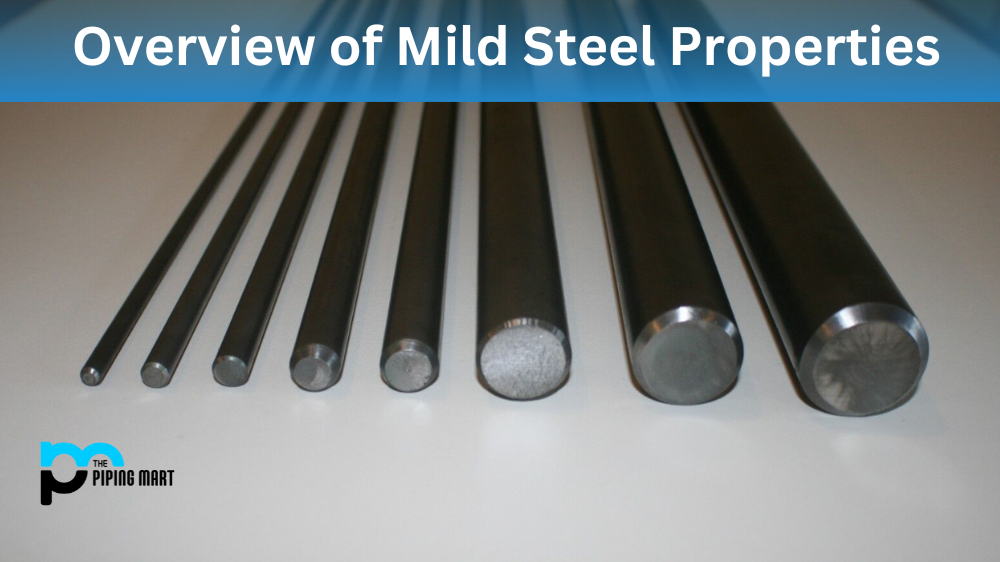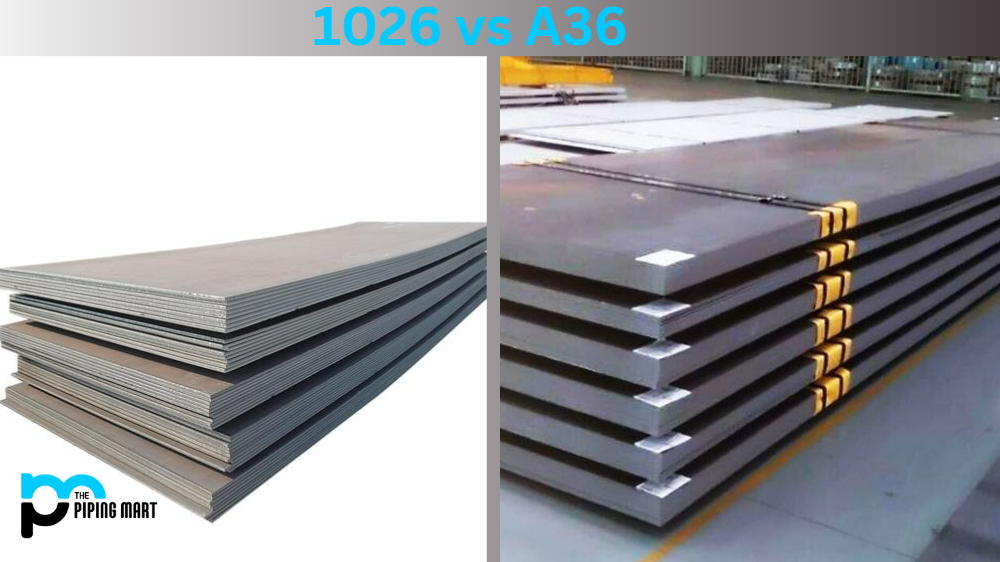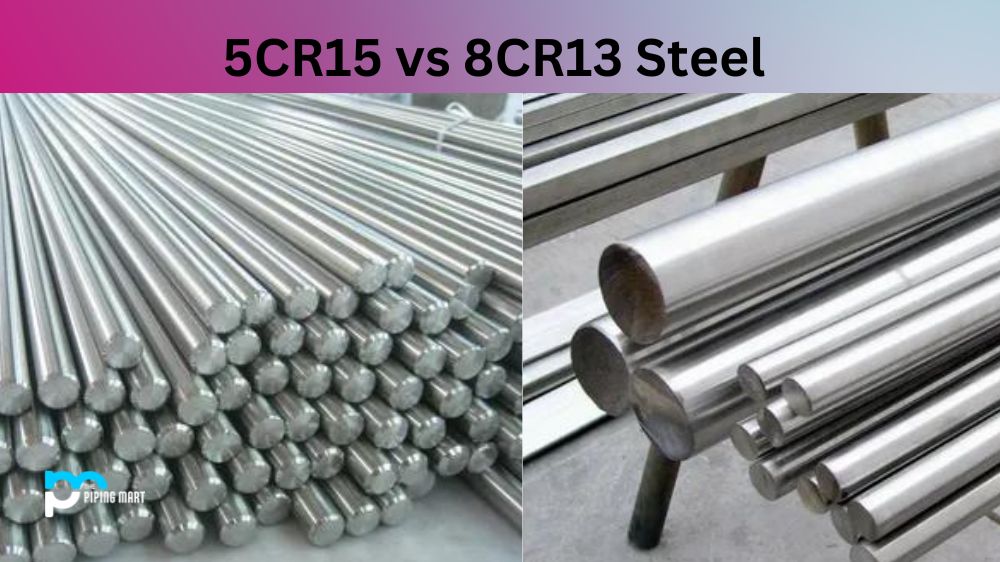Mild Steel is a carbon steel type with relatively low amounts of carbon and other alloying elements. It is an incredibly versatile material with numerous applications in the engineering, construction, and manufacturing industries. But what exactly makes mild Steel so unique? Let’s explore the properties of mild Steel and why it’s so widely used.
Strength and Durability
Mild Steel is known for its strength and durability, making it a popular choice for structural components like beams, columns, and braces. This is due to its high tensile strength, ranging from 400 to 700 MPa (58-103 ksi). Mild Steel also has excellent fatigue resistance, meaning it can handle even the most extreme stress cycles without any lasting damage. The combination of these qualities makes mild Steel an ideal material for automotive parts and other components subject to frequent loading and unloading.
Corrosion Resistance
Another major benefit of mild Steel is its corrosion resistance. While not as corrosion-resistant as stainless Steel or some other alloys, mild Steel still offers good protection against rusting when exposed to moisture or humid environments. This makes mild Steel an excellent choice for outdoor structures like bridges or buildings in coastal regions where salt spray may be present. Additionally, the strong bond between the protective coating (paint) on mild Steel and the metal itself helps increase its corrosion resistance even further.
Weldability
Mild Steel is highly weldable due to its low carbon content. This means it can be easily joined using manual welding processes like stick welding or more advanced methods such as arc welding or gas metal arc welding (GMAW). Additionally, because it does not contain hardening elements such as chromium or nickel, welders do not need to worry about dealing with brittleness after heating during welding. As a result, there are fewer chances for error when joining pieces together using mild Steel compared to other materials with higher amounts of hardening elements present in their composition.
Conclusion
Mild Steel has many advantages over other types of Steel thanks to its versatility and wide range of properties that make it suitable for various engineering, construction, and manufacturing applications. From being highly weldable to providing excellent resistance against corrosion and fatigue, it’s no wonder why this material is one of the most popular choices among engineers today! Whether you’re looking for strength or durability in your next project, consider utilizing mild Steel for your needs—you won’t regret it!

Pipingmart is a B2B portal that specializes in metal, industrial and piping items. Additionally, we share the latest information and information about materials, products and various types of grades to assist businesses that are involved in this business.




